Home>Technology>Home Entertainment Systems>How Does A Projector Project Black
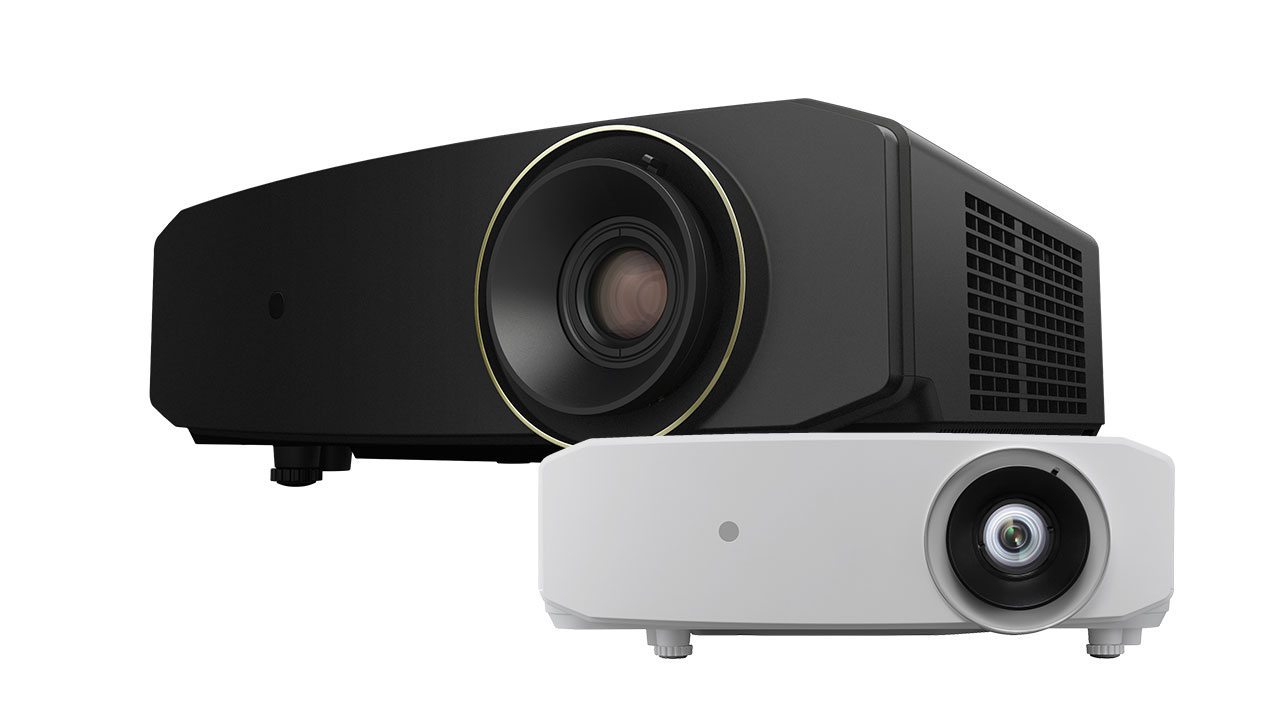

Home Entertainment Systems
How Does A Projector Project Black
Modified: January 21, 2024
Discover how a projector creates black in home entertainment systems. Learn about the technology behind projectors and their role in creating immersive viewing experiences. Explore the science of projectors today!
(Many of the links in this article redirect to a specific reviewed product. Your purchase of these products through affiliate links helps to generate commission for Storables.com, at no extra cost. Learn more)
Understanding How Projectors Project Black
Introduction
Projectors have become an integral part of modern home entertainment systems, offering an immersive viewing experience that rivals traditional televisions. While projectors excel at projecting vibrant and lifelike colors, they face a unique challenge when it comes to projecting black. Understanding the intricacies of how projectors handle the color black requires delving into the fundamental principles of light, color, and projection technology.
In this insightful exploration, we will unravel the mysteries behind how projectors project black and the innovative techniques employed to overcome this challenge. By shedding light on the inner workings of projectors and the complexities of color projection, we can gain a deeper appreciation for the remarkable engineering that goes into creating captivating visual experiences. Join us on this enlightening journey as we uncover the secrets of projecting black with projectors.
Key Takeaways:
- Projectors face a unique challenge when it comes to projecting black, as it involves creating a convincing illusion of darkness amidst the presence of surrounding light. This requires innovative techniques and technologies to enhance contrast and minimize unintended light emission.
- Advanced dynamic iris mechanisms, dynamic contrast algorithms, and specialized projection surfaces are key in overcoming the challenge of projecting black with projectors. These technologies optimize the balance between bright and dark elements, resulting in heightened contrast and more nuanced black levels.
Read more: How To Fix Black Spot On Projector
Understanding Light and Color
Before delving into the intricacies of how projectors project black, it’s essential to grasp the fundamental properties of light and color. Light, as we perceive it, is a complex interplay of electromagnetic waves that stimulate our sense of vision. When light encounters an object, certain wavelengths are absorbed, while others are reflected. It is this interplay of absorption and reflection that gives rise to the perception of color.
Color itself is a perceptual phenomenon, arising from the way our eyes and brain interpret the different wavelengths of light. The visible spectrum, encompassing the colors of the rainbow, spans from violet to red, with each color corresponding to a specific wavelength. When all colors are combined, they form white light, whereas the absence of light results in black.
Interestingly, the concept of black in the context of light and color is somewhat paradoxical. While black is often associated with the absence of light, in the realm of projection technology, achieving true black can be a complex feat. This is particularly evident in the context of projectors, where the challenge lies in creating a convincing illusion of black amidst the presence of light.
By understanding the intricate relationship between light, color, and perception, we can begin to appreciate the complexities involved in projecting black with projectors. This foundational knowledge sets the stage for unraveling the innovative techniques and technologies that enable projectors to overcome the unique challenges posed by the color black.
How Projectors Work
Projectors operate on the principle of light projection, utilizing advanced technology to render images onto a screen or surface. At the heart of a projector’s functionality lies the use of light sources, optics, and imaging devices to create a seamless visual display. The process begins with the generation of light, typically through a powerful lamp or, in the case of modern projectors, light-emitting diodes (LEDs) or lasers.
Once the light source is activated, the emitted light passes through intricate optical components within the projector. These components, including lenses, mirrors, and prisms, serve to manipulate and focus the light, ultimately directing it towards the imaging device. In most projectors, the imaging device takes the form of a Digital Light Processing (DLP) chip, Liquid Crystal Display (LCD) panel, or Liquid Crystal on Silicon (LCoS) microdisplay.
The imaging device plays a pivotal role in translating the incoming light into a coherent image. For instance, DLP projectors employ an array of microscopic mirrors that tilt to reflect light either towards or away from the projection lens, effectively creating a pixelated image. On the other hand, LCD projectors utilize liquid crystal panels to selectively filter light, producing vibrant and detailed visuals.
Once the light has been modulated and shaped by the imaging device, it is then projected onto a surface, such as a screen or wall, resulting in a large-scale display of the image or video content. The seamless coordination of light generation, optical manipulation, and image rendering culminates in the captivating visuals that projectors are renowned for.
Understanding the inner workings of projectors provides a solid foundation for comprehending the challenges associated with projecting black. As we delve into the complexities of rendering black within the context of projector technology, it becomes evident that the interplay between light and color is crucial in shaping the visual experience.
A projector projects black by blocking the light from the black areas of the image. This is done using a combination of the projector’s imaging technology and the use of a dark filter or shutter to block the light.
Projecting Black: The Challenge
While projectors excel at producing vibrant and dynamic colors, achieving true black poses a significant challenge. In the realm of projection technology, the concept of black is not merely the absence of light; rather, it involves creating a convincing illusion of darkness amidst the presence of surrounding light. This presents a unique hurdle for projectors, as they must effectively manage the interplay between light and shadow to produce compelling visuals.
One of the primary factors contributing to the challenge of projecting black is the inherent nature of light sources. Even when a projector is tasked with displaying a black image or scene, the light source continues to emit illumination, resulting in a residual glow that diminishes the perceived darkness. This phenomenon, often referred to as “black level,” pertains to the projector’s ability to minimize the presence of unintended light, thereby enhancing the contrast and depth of black areas within the projected image.
Furthermore, the optical characteristics of projection surfaces and ambient lighting conditions can significantly impact the perceived black levels. The reflective properties of the projection surface, as well as the presence of ambient light, can influence the overall contrast and clarity of black areas within the projected visuals. In essence, achieving a truly immersive and cinematic black experience necessitates overcoming these multifaceted challenges inherent to projection technology.
Understanding the nuances of projecting black underscores the intricate engineering and design considerations involved in optimizing projector performance. As we navigate the complexities of addressing the challenge of black projection, we gain a deeper appreciation for the innovative solutions and technologies that have been developed to enhance the visual fidelity and realism of projected images.
With the unique obstacles of projecting black in mind, we are poised to explore the ingenious methods and advancements that have been devised to surmount these challenges, ultimately elevating the viewing experience and enriching the portrayal of dark and shadowy elements in projected content.
Overcoming the Challenge
Addressing the complexities of projecting black with projectors has spurred the development of innovative techniques and technologies aimed at overcoming this formidable challenge. One notable approach involves enhancing the contrast ratio, which is the difference between the brightest and darkest parts of an image. By elevating the contrast ratio, projectors can effectively delineate between light and dark elements, resulting in a more pronounced and immersive black level.
To achieve this, projector manufacturers have integrated advanced dynamic iris mechanisms and dynamic contrast algorithms into their devices. These technologies dynamically adjust the amount of light transmitted through the projector’s optics, effectively optimizing the balance between bright and dark elements in real time. By dynamically modulating the light output based on the content being displayed, projectors can deliver heightened contrast and more nuanced black levels, enriching the overall visual experience.
Furthermore, advancements in light source technology have contributed to the refinement of black projection capabilities. The advent of laser and LED light sources has enabled projectors to achieve deeper black levels and improved color accuracy. These light sources offer superior control over brightness and can be precisely modulated to minimize unintended light emission, resulting in enhanced black reproduction and heightened image fidelity.
Another pivotal aspect of overcoming the challenge of projecting black lies in the optimization of projection surfaces and ambient lighting conditions. Projection screens featuring specialized coatings and materials are designed to enhance contrast and minimize ambient light interference, thereby augmenting the portrayal of deep blacks and vibrant colors. Additionally, ambient light-rejecting screens are engineered to mitigate the impact of surrounding light, preserving the integrity of dark scenes and ensuring a captivating viewing experience even in well-lit environments.
By integrating these cutting-edge technologies and methodologies, projector manufacturers have made significant strides in surmounting the challenges associated with projecting black. The culmination of these advancements has ushered in a new era of immersive and visually compelling projection experiences, where the portrayal of black is characterized by depth, richness, and unparalleled realism.
As we delve into the remarkable innovations that have revolutionized black projection capabilities, we gain a profound understanding of the meticulous engineering and ingenuity that underpin the evolution of projector technology. These advancements not only elevate the quality of projected visuals but also enrich the overall viewing ambiance, captivating audiences with captivating imagery that transcends traditional boundaries.
Conclusion
The enigmatic nature of black projection has long been a captivating challenge within the realm of projector technology. As we have embarked on this illuminating journey, we have gained a profound understanding of the complexities and intricacies involved in projecting black with projectors. From the fundamental principles of light and color to the innovative solutions that have reshaped black projection capabilities, our exploration has shed light on the remarkable engineering and ingenuity that underpin the evolution of projector technology.
Projectors, with their ability to render expansive and immersive visuals, have continually pushed the boundaries of visual fidelity and realism. The portrayal of black, a color often shrouded in mystery and depth, has posed a unique challenge, necessitating the development of advanced technologies and methodologies to surmount its inherent complexities.
Through the integration of dynamic contrast mechanisms, advanced light sources, and specialized projection surfaces, projector manufacturers have redefined the portrayal of black, bestowing upon audiences a visual experience characterized by unparalleled depth and richness. The convergence of these advancements has not only elevated the quality of projected visuals but has also transformed the viewing experience, captivating audiences with imagery that transcends traditional boundaries.
As we conclude our exploration, it becomes evident that the portrayal of black with projectors is a testament to the relentless pursuit of visual excellence and innovation. The captivating interplay of light and shadow, meticulously orchestrated by cutting-edge technologies, immerses viewers in a world where black is not merely an absence of light but a canvas for evocative storytelling and immersive experiences.
In essence, the journey of projecting black with projectors is a testament to the boundless creativity and ingenuity that drive the evolution of home entertainment systems. It is a testament to the unyielding commitment to delivering captivating and immersive visual experiences that captivate the senses and transport audiences to realms of unparalleled wonder and imagination.
As we continue to witness the evolution of projector technology, we eagerly anticipate the next chapter in the saga of black projection, where innovation and creativity converge to redefine the boundaries of visual storytelling and elevate the art of immersive entertainment.
Frequently Asked Questions about How Does A Projector Project Black
Was this page helpful?
At Storables.com, we guarantee accurate and reliable information. Our content, validated by Expert Board Contributors, is crafted following stringent Editorial Policies. We're committed to providing you with well-researched, expert-backed insights for all your informational needs.
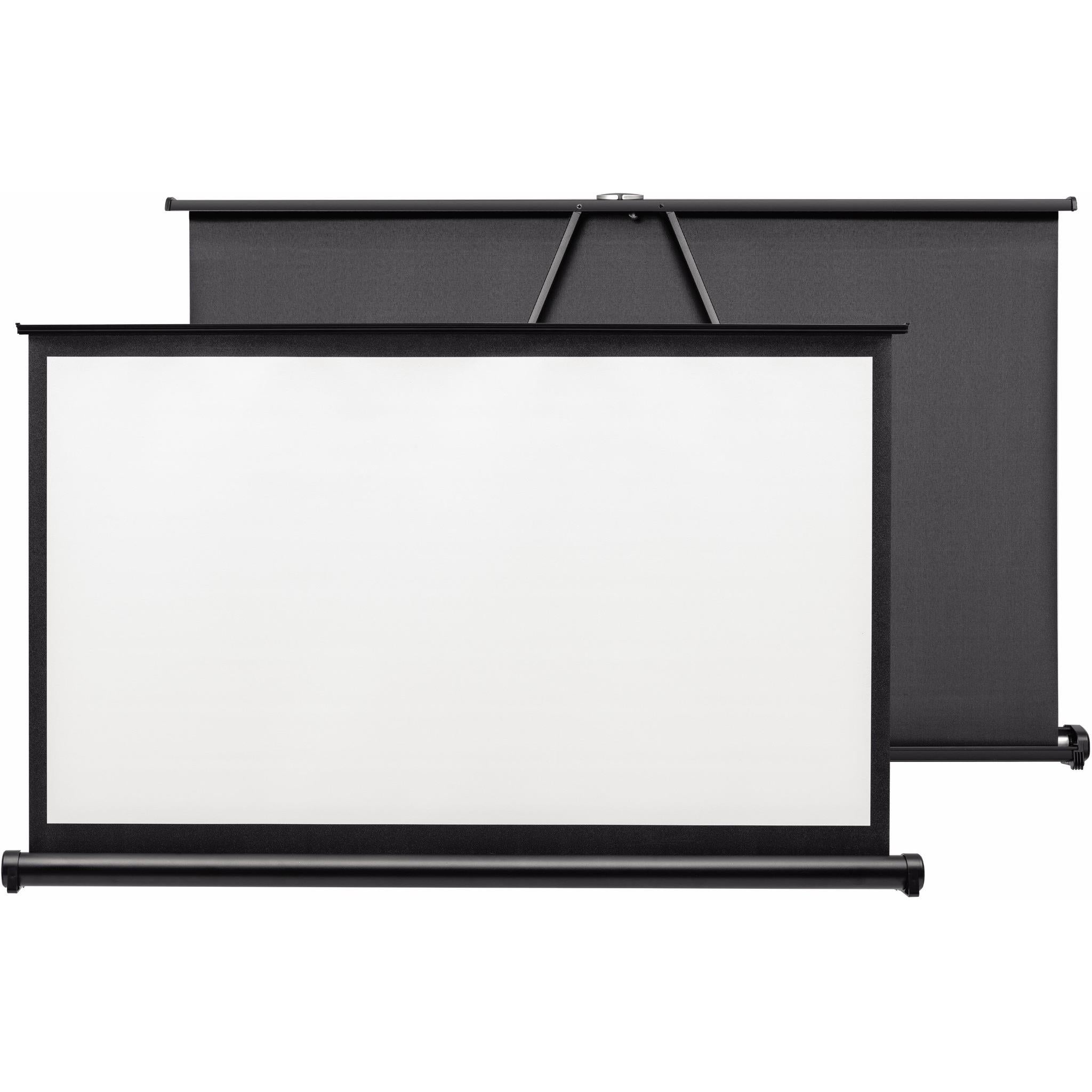

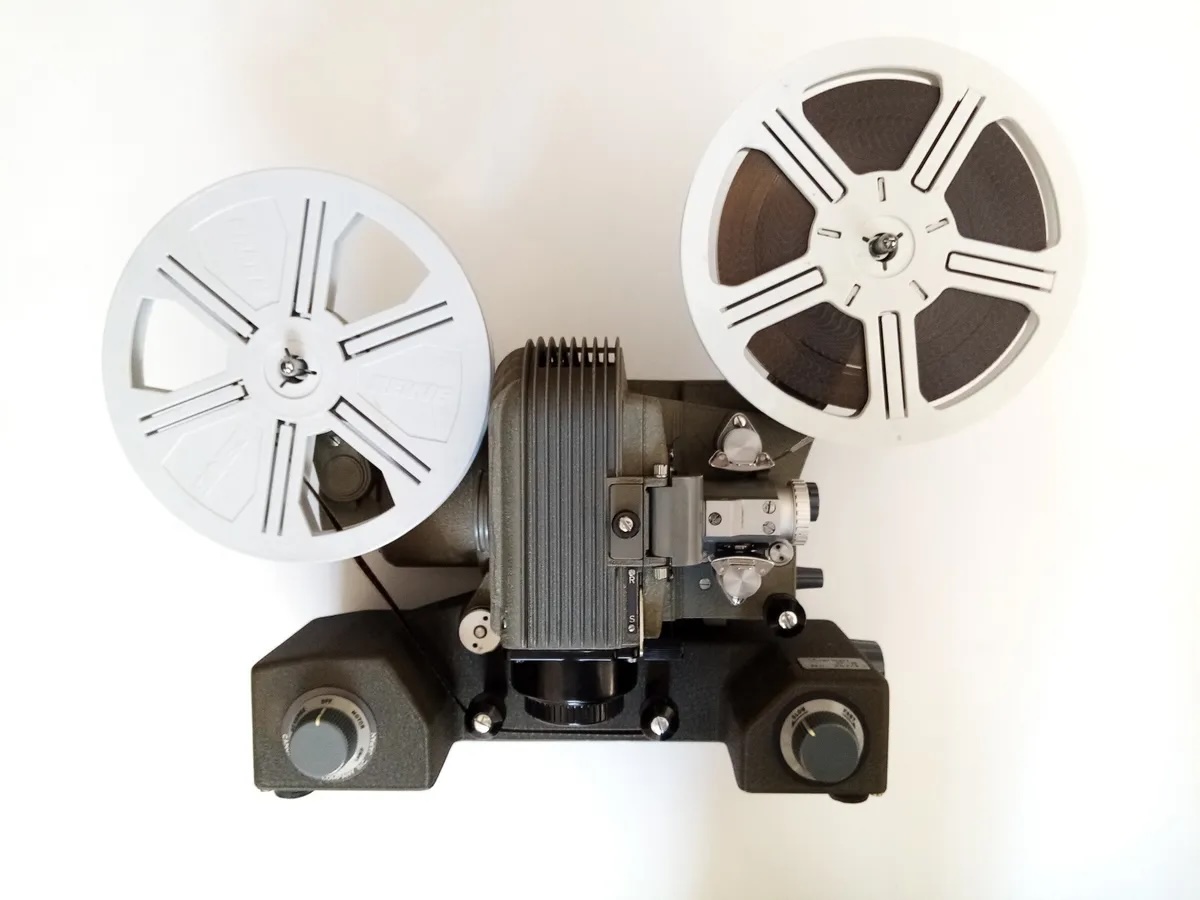
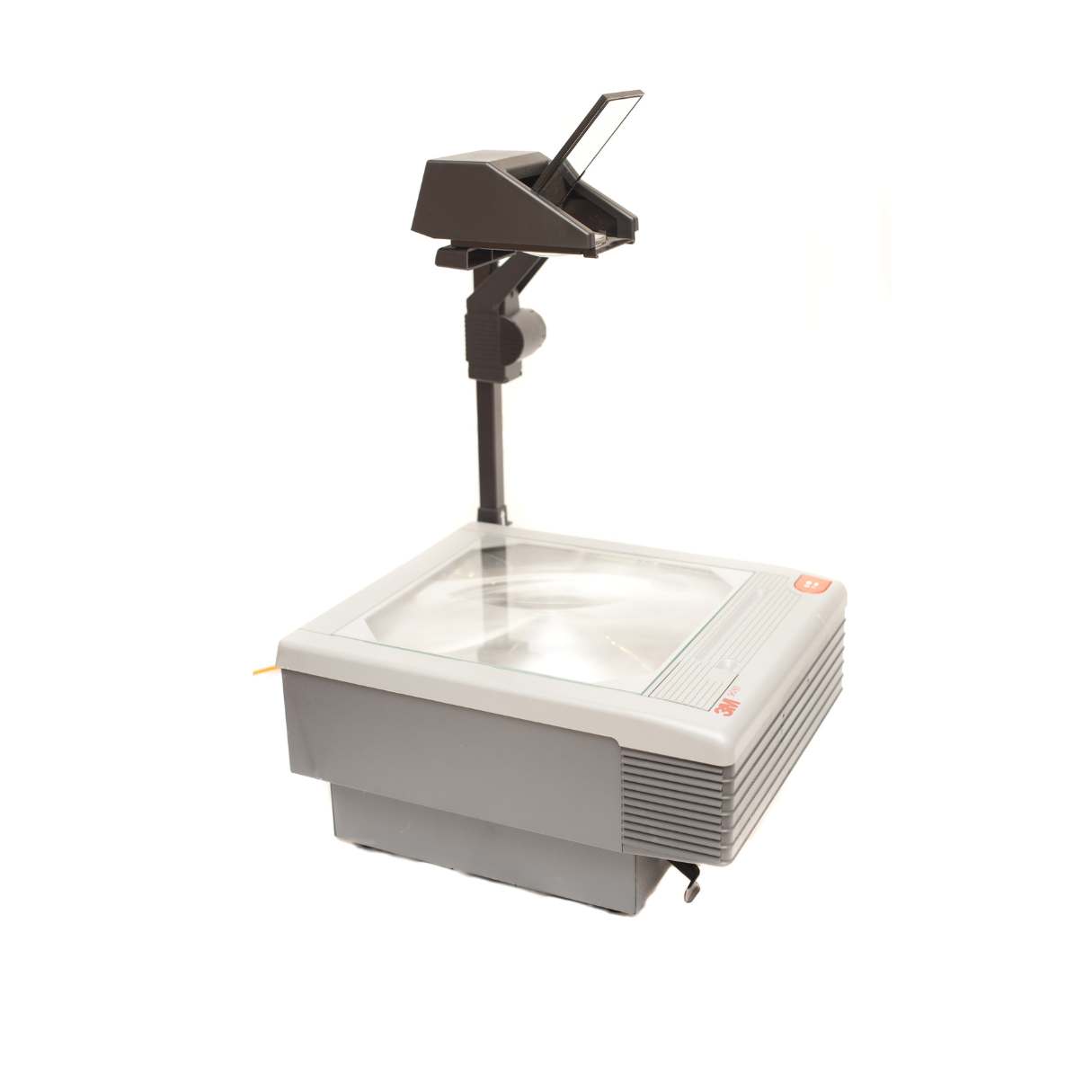

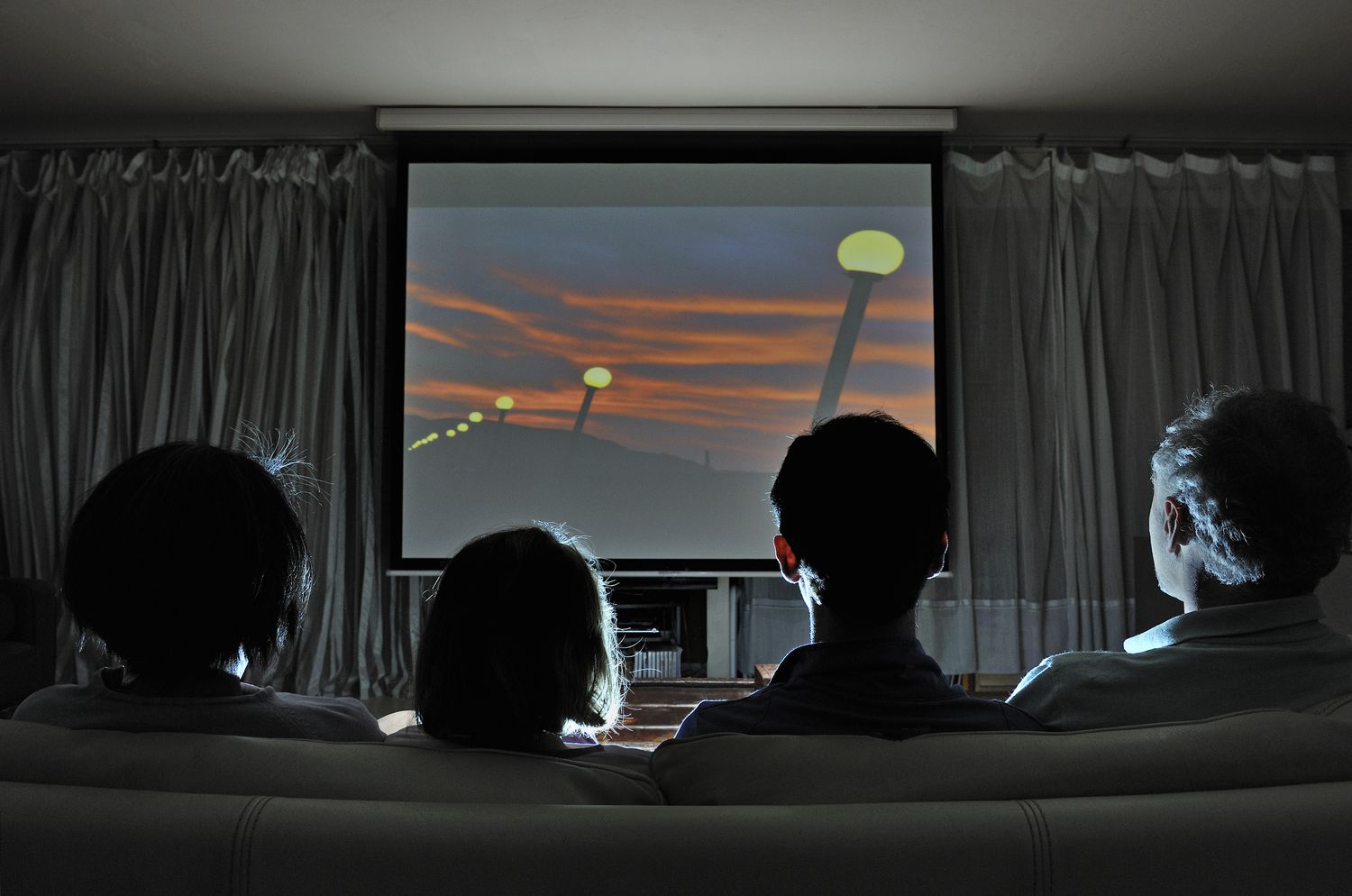


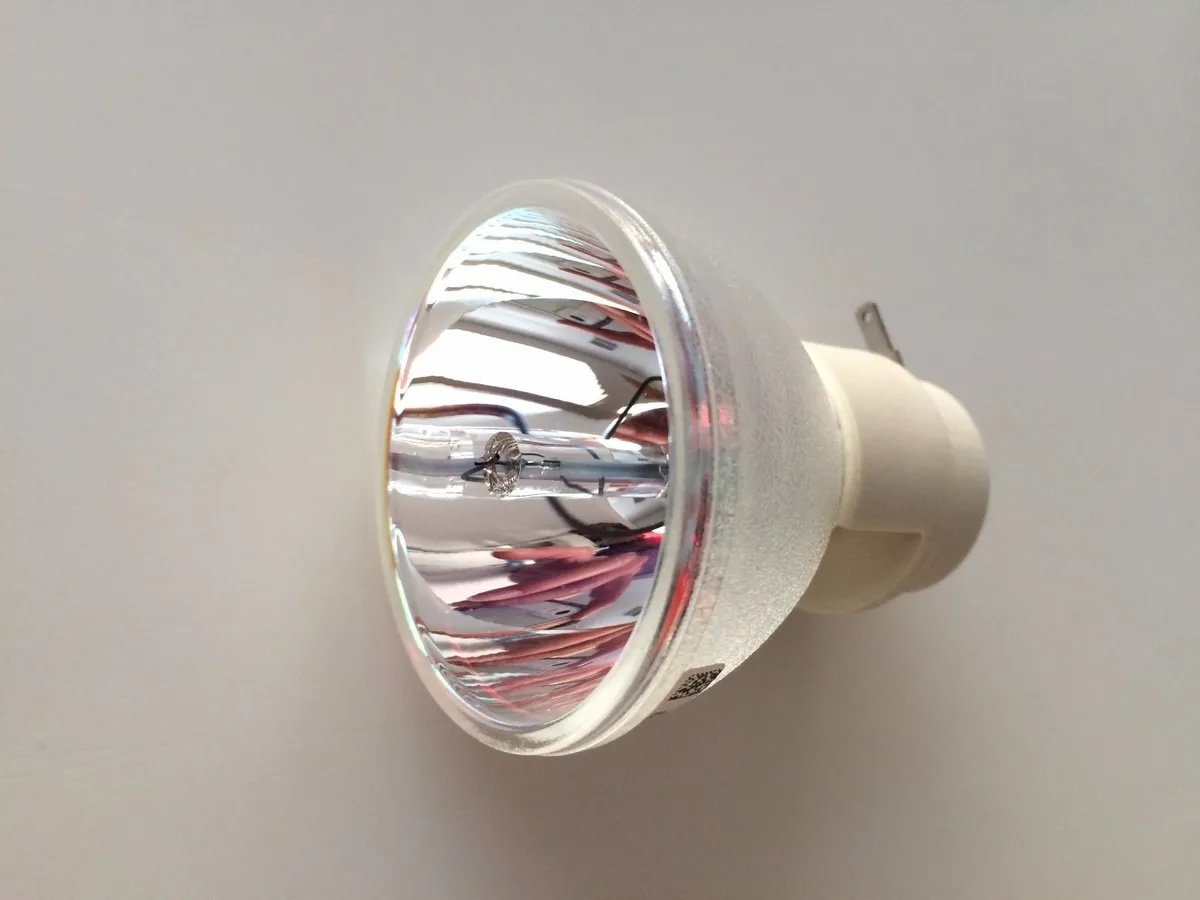

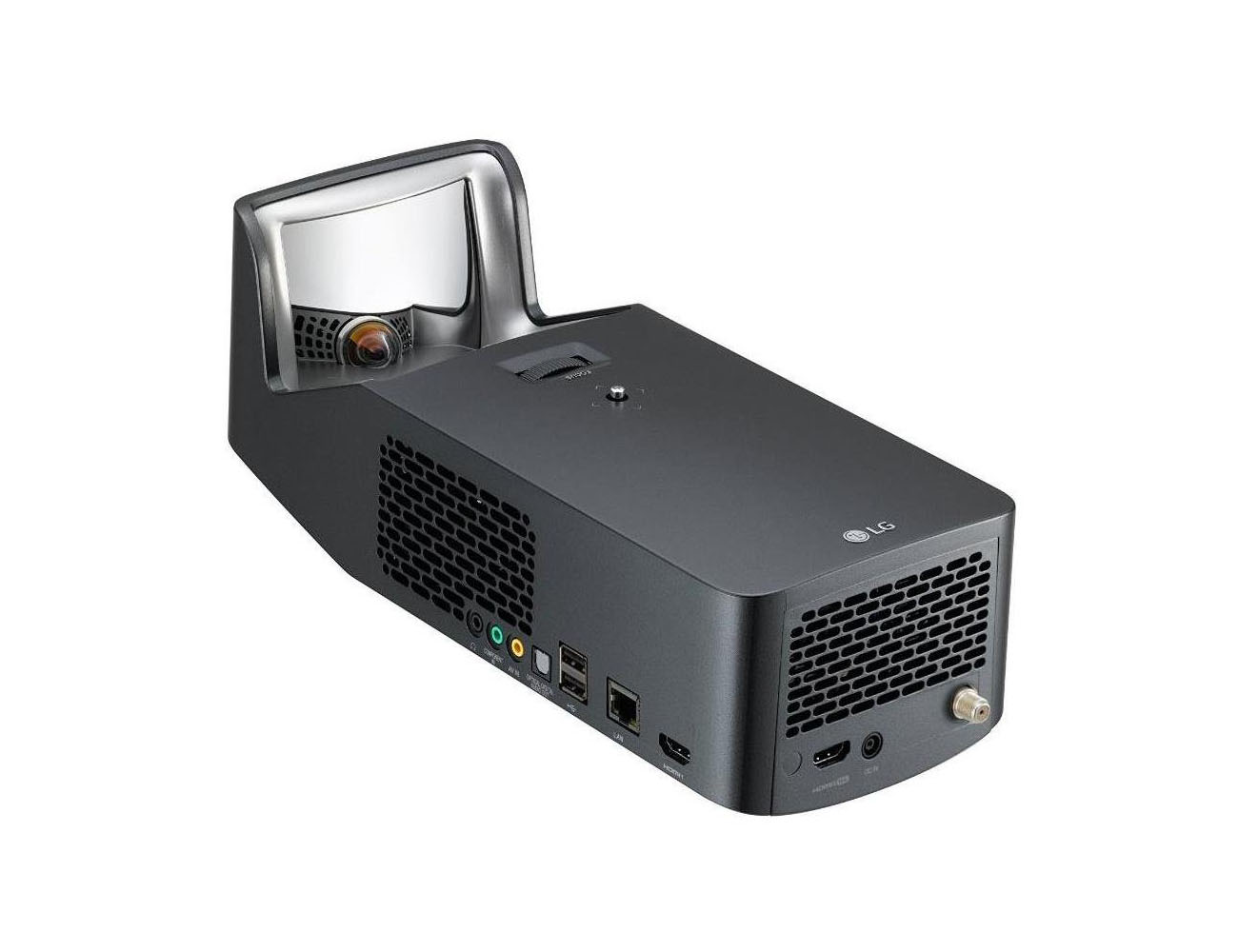
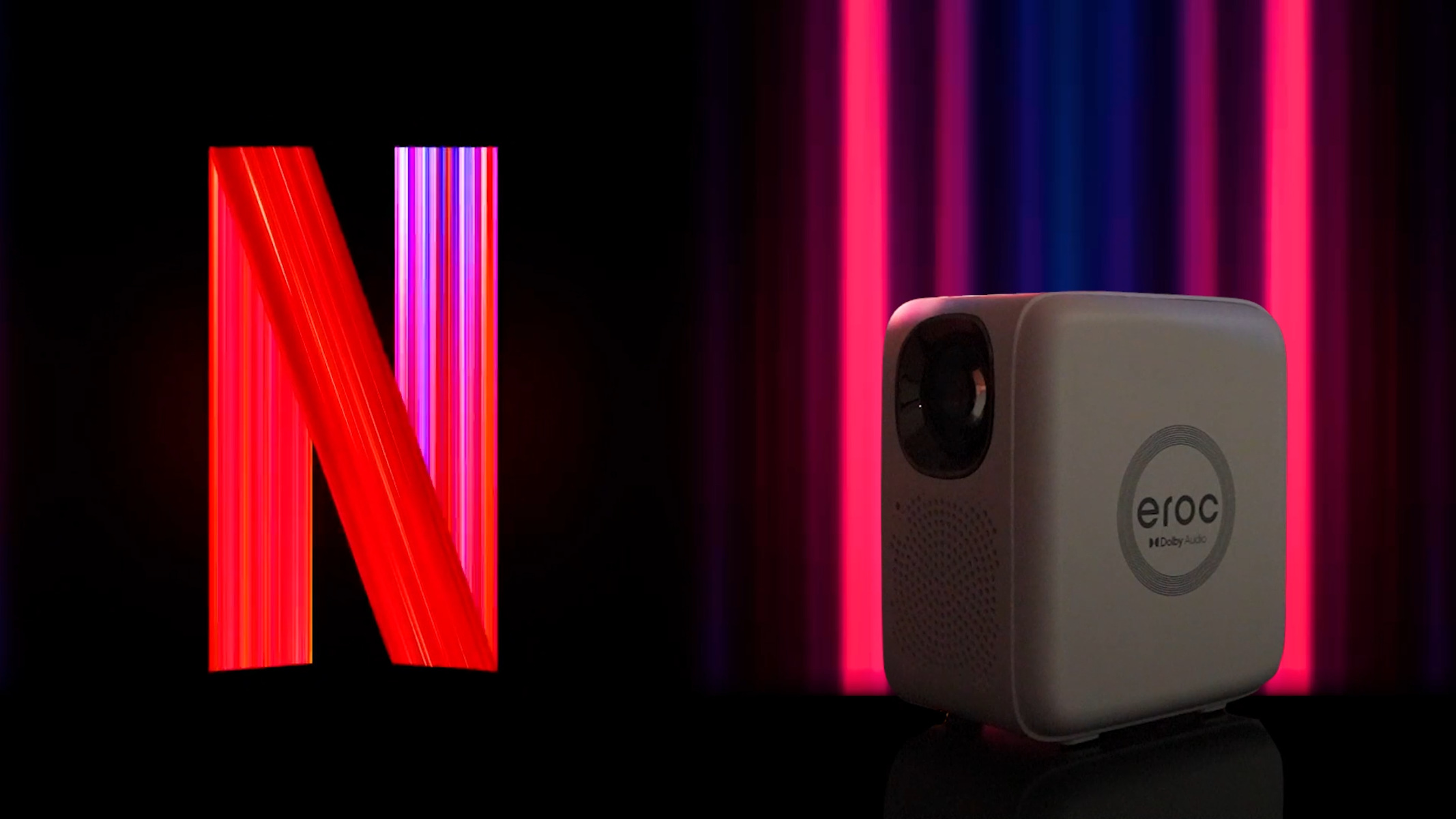



0 thoughts on “How Does A Projector Project Black”